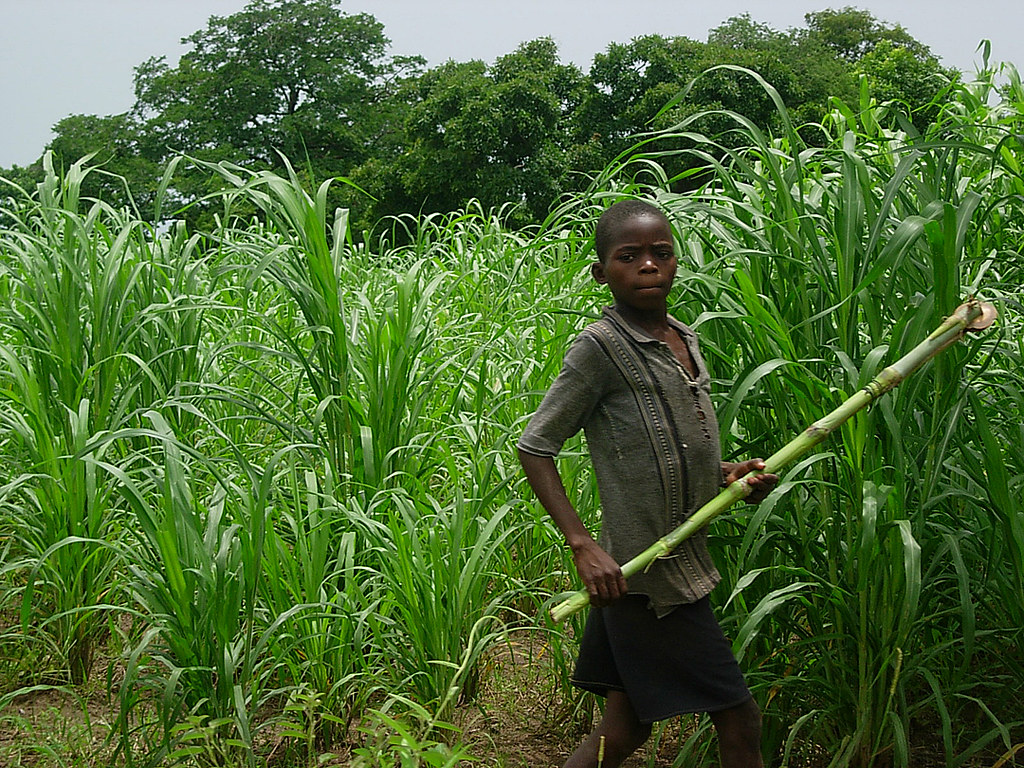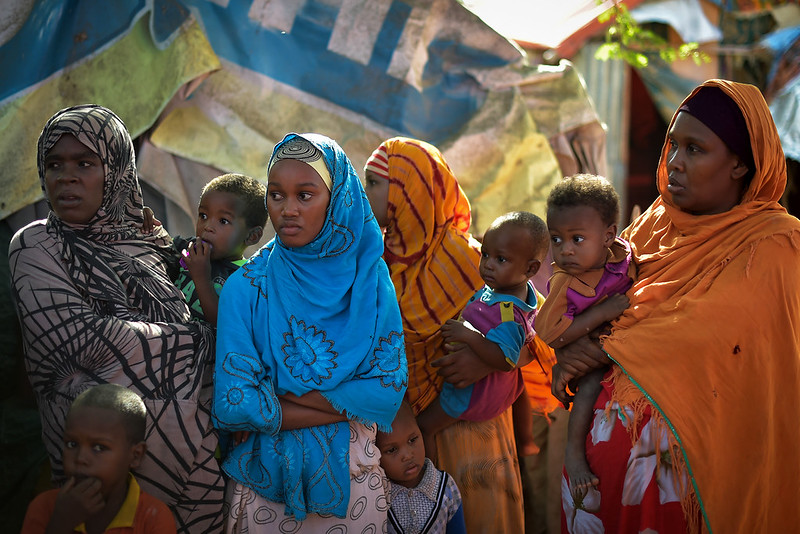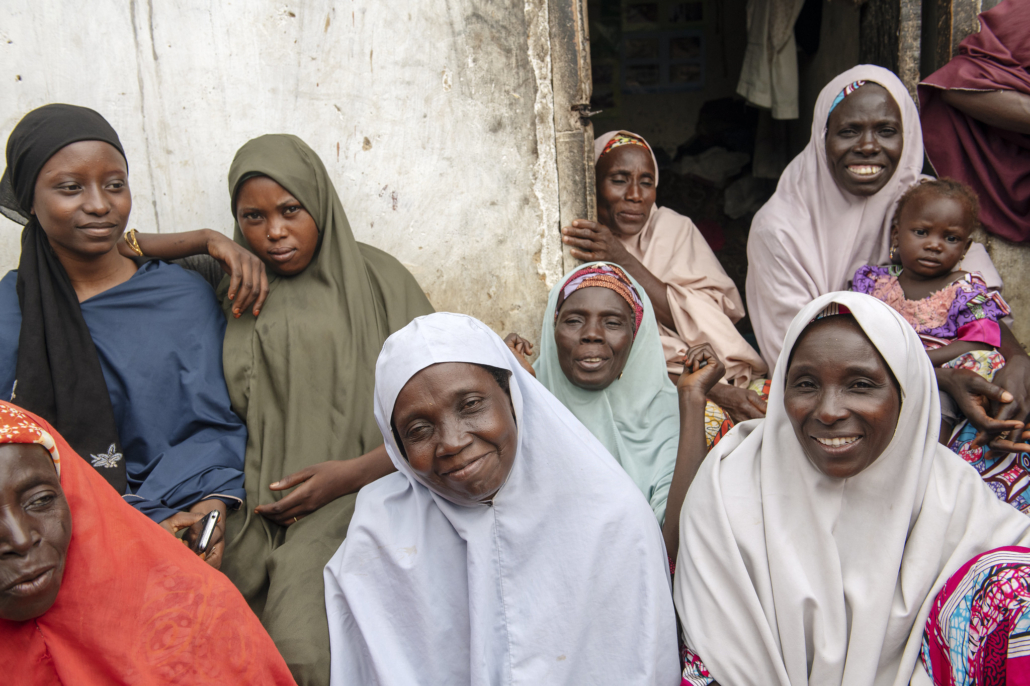 The Organization of African First Ladies for Development (OAFLAD) has elected new leadership for the 2025-2027 term, with Sierra Leone’s first lady, Dr. Fatima Maada Bio, taking over the president position. The organization announced this during its 29th General Assembly on Feb. 15, which was also held alongside the African Union Summit.
The Organization of African First Ladies for Development (OAFLAD) has elected new leadership for the 2025-2027 term, with Sierra Leone’s first lady, Dr. Fatima Maada Bio, taking over the president position. The organization announced this during its 29th General Assembly on Feb. 15, which was also held alongside the African Union Summit.
While also being the 30th anniversary of the Beijing Declaration and Platform for Action (a policy outlining how to achieve gender equality and women’s rights) this assembly’s theme was, Building on Beijing: First Ladies Championing Women’s Leadership and Rights Through African Heritage.
New Leadership
Mrs. Fatima Maada Bio, the first Sierra Leonean first lady to lead OAFLAD, is widely known for her advocacy on gender-based violence and education shown through initiatives like her “Hands Off Our Girls” campaign which launched in 2018. She will be joined by Dr Ana Afonso Dias Lourenço, first lady of Angola, who was elected vice president, African Union reports.
Aside from the newly elected President and Vice President, there are also six first ladies that will be a part of the steering committee. These new leaders will be responsible for implementing OAFLAD’s Strategic Framework 2025-30, which builds off their 2019- 23 plan and focuses on four key areas listed below:
- Health – Expanding access to maternal and child health care, as well as looking to combat communicable and non-communicable diseases.
- Education – Increasing school enrollment for girls and advocating for quality education.
- Gender-based violence – Strengthening prevention programs and support services through legal frameworks.
- Women’s economic empowerment – Promoting financial independence through better financial inclusion.
Implementation Strategy
OAFLAD plans to support these goals by creating more partnerships with international organizations, governments and civil society groups. One of its major partnerships is a three-year agreement with the Sabin Vaccine Institute which will allow them to support HPV prevention and cervical cancer elimination across Africa. The Sabin Vaccine Institute states, “In sub-Saharan Africa, cervical cancer remains the leading cause of cancer death among women… the region accounted for 23% of global cervical cancer mortality.” Partnering with groups like the Sabin Vaccine Institute is important for OAFLAD, however making sure these groups align with their goals is one of their main concerns.
When looking at partnerships, the organization focuses on providing support to ensure long-term sustainable results, implementing an evaluation system to track progress and ensure accountability, reducing any negative environmental impacts by OAFLAD and involving with programs based on evidence and successes.
One Major OAFLAD Campaign
An ongoing campaign that has had success is its continent-wide “Free To Shine” campaign. OAFLAD and the African Union co-lead launched this campaign in 2018, and are looking to make substantial changes by 2030. Their goal is to end new HIV infections in children and to keep mothers alive.
They are combating HIV by looking to put a halt to vertical transmission (the passing of HIV from mother to child). Through Interventions during pregnancy, labor, delivery and breastfeeding, the chances of vertical transmission can drop to as low as 5%. Within the first year of their campaign’s start 23 countries joined them in launching nationally.
Aside from this, there are many other objectives this campaign looks to further, which include raising awareness for HIV in children and why there is a need to prioritize children and mothers. The campaign also focuses on helping more people understand prevention strategies and highlighting and removing barriers that keep mothers from finding effective help when looking for HIV-related health services.
Since its founding in 2002, OAFLAD has played a major role in advancing women’s rights and development across Africa. With the new leadership in place for the 2025-2027 term, the organization aims to build on these past successes and push for long-term change by 2030.
– Joey Picolli
Joey is based in Boulder, CO, USA and focuses on Global Health and Politics for The Borgen Project.
Photo: Flickr
 Ethiopia is the largest recipient of USAID in sub-Saharan Africa.
Ethiopia is the largest recipient of USAID in sub-Saharan Africa. 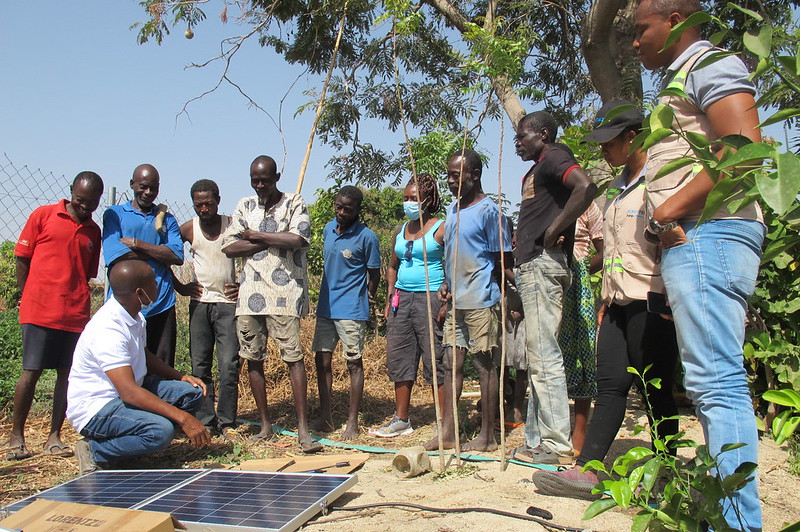 In 2019, the Government of
In 2019, the Government of 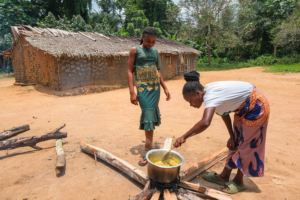
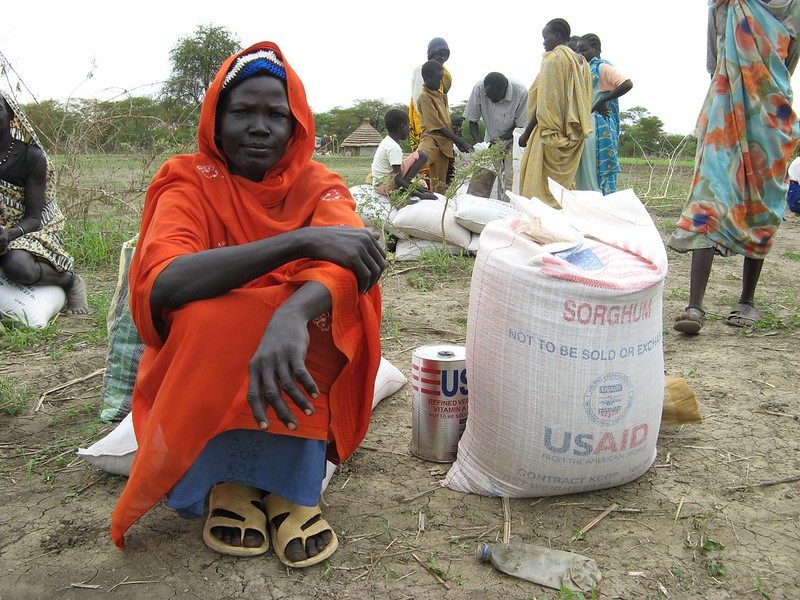 As the Trump administration continues to shut down various foreign aid programs, the reverberations have been felt around the world.
As the Trump administration continues to shut down various foreign aid programs, the reverberations have been felt around the world. 